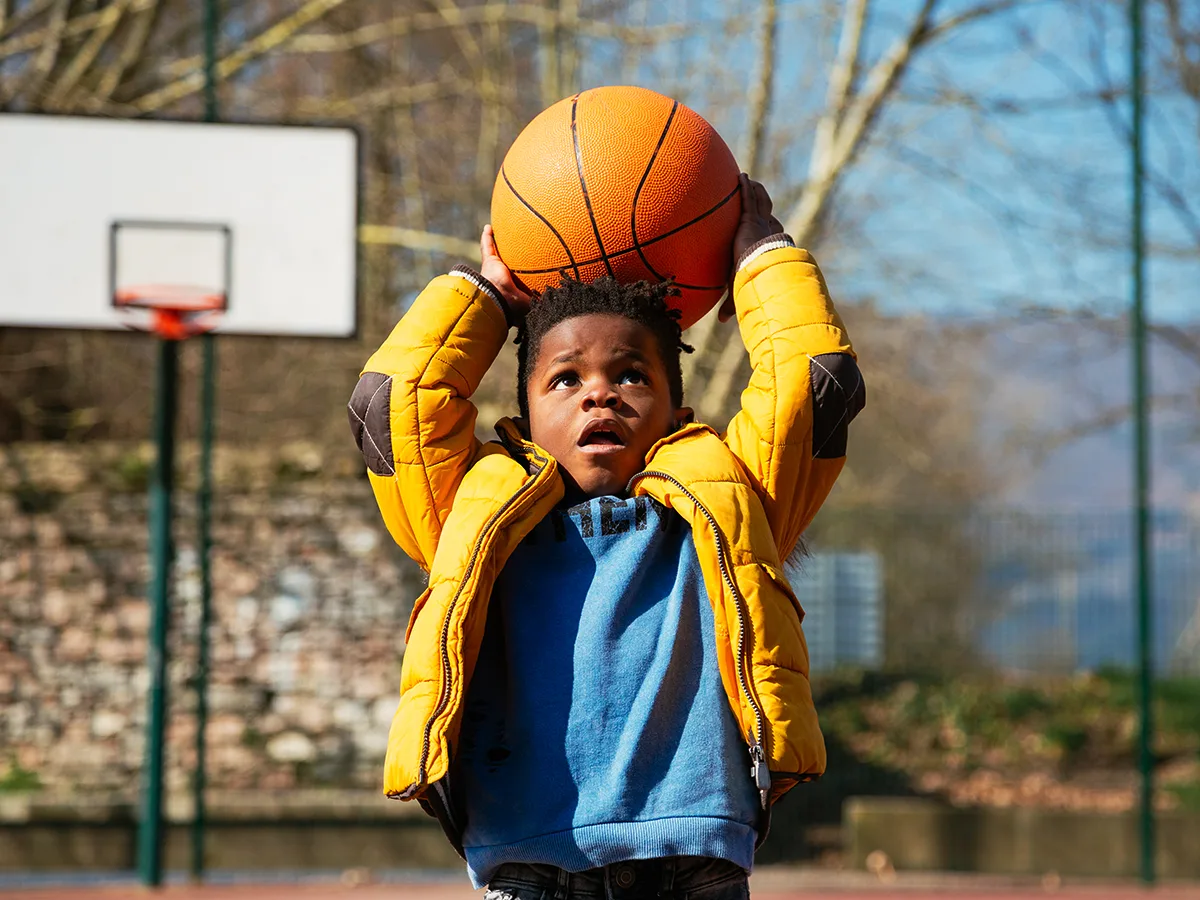What is growth mindset?
Having a growth mindset means believing your skills can improve with effort. Learn how to develop this kind of mindset and why it helps people who learn and think differently.

A growth mindset helps people get through challenges and setbacks. Not everyone is born with this kind of mindset. But kids and adults can develop the belief that things that are hard to do now may not always be hard.
Keep reading to find out how to develop this kind of mindset. Plus, why it can be extra helpful for people with learning and thinking differences like ADHD and dyslexia.
Growth mindset definition
Growth mindset describes a way of viewing challenges and setbacks. People who have a growth mindset believe that even if they struggle with certain skills, their abilities can improve. They think that with work, their skills can get better over time.
People with the opposite belief — that abilities are what they are and won’t change — have a fixed mindset. They think their skills won’t improve no matter how hard they try.
Having a growth mindset can have real benefits. It helps people reframe their approach to challenges and stay motivated to work to improve skills. Instead of thinking “I can’t do this,” they think “I can’t do it yet.”
The theory of growth mindset isn’t new. It came out of research by psychologist Carol Dweck and her colleagues. Their research focused on kids. But the concept applies to adults, too.
Myths about growth mindset
There’s been a lot of research into growth mindset. But there are still misconceptions about what it is and isn’t. Here are some common myths — and truths.
Myth 1: You either have it or you don’t. Not true. We all have a mix of fixed and growth mindsets that change based on our experiences and the feedback we get.
Myth 2: Growth mindset is about being positive. It’s more than that. Growth mindset means taking feedback, learning from experience, and coming up with strategies for improving.
Myth 3: Praise builds a growth mindset. It depends what you’re praising. The important thing is how a person approached a challenge, not how hard they worked or how successful they were. Learn how to give praise that builds self-esteem.
How learning and thinking differences can affect mindset
We all have times when we feel like we’ll never get better at something or that we’re destined to fail at particular tasks. But people who learn and think differently often face more setbacks than other people.
They usually know when they’re not doing as well as others and may doubt their ability to improve. They may feel judged or criticized. And that can make them feel insecure or defensive, which can get in the way of growth.
Having a growth mindset has a big impact on how people approach challenges and build self-esteem.
Growth mindset activities for kids
With practice, kids can learn to develop a growth mindset. Much like physical exercises that flex certain muscles, there are thought exercises that can help children embrace challenges and see setbacks as opportunities for growth.
The goal is to move away from a fixed mindset of “I can't” and start thinking “I can” using this set of growth mindset activities for kids and teens.
Growth mindset and self-advocacy
A big part of having a growth mindset is not letting setbacks keep you from working to improve. It’s important to remember that setbacks can actually provide a way forward and promote positive thinking.
A key to making progress is speaking up when something isn’t working and asking for support. Kids and adults can start learning and practicing self-advocacy skills at any age. But the earlier they get started, the better. Learn more about building self-advocacy in young kids.
Podcast: Growth mindset and the power of “yet”
Learn more about growth mindset in this episode of Understood’s Opportunity Gap podcast. Get practical tips from a psychologist with dyscalculia on how to shift your mindset from “I can’t do it” to “I can’t do it yet.”



